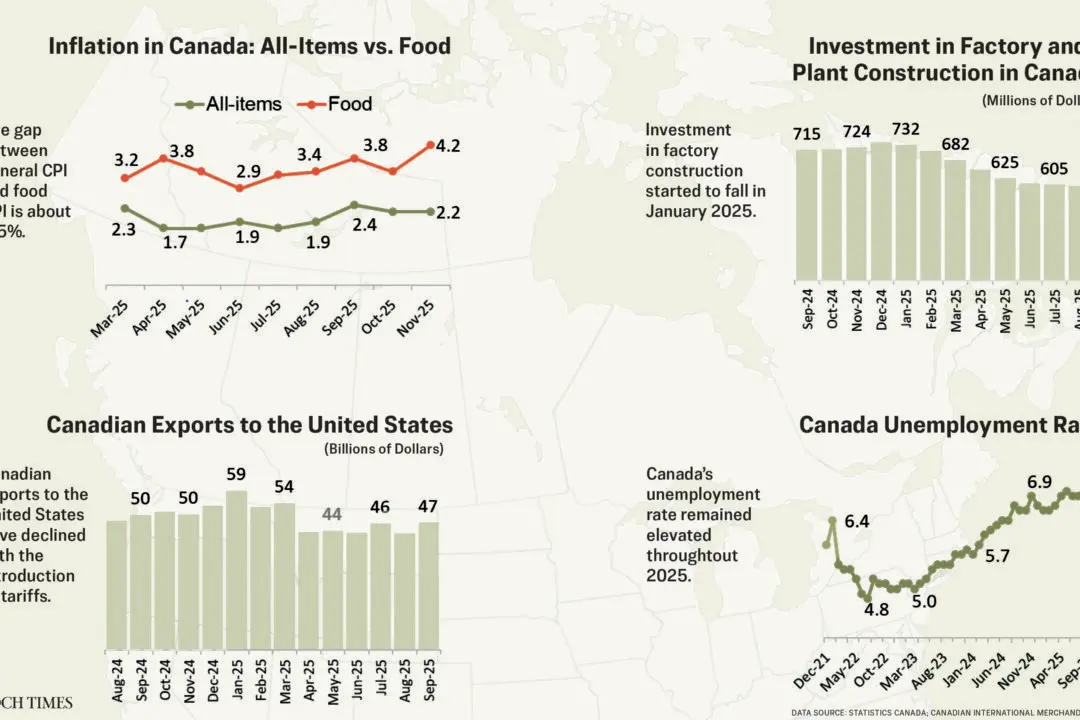Back in October, Health Canada confirmed that a Simian Virus 40 (SV40) DNA sequence is present in Pfizer-BioNTech COVID-19 vaccines. Since then, however, the agency has declined to answer numerous additional questions about the sequence and other potential issues related to the shots.
Health Canada confirmed in October the presence of the SV40 promoter-enhancer in the COVID-19 vaccines based on the plasmid DNA sequence “submitted by Pfizer against the published SV40 enhancer sequence.”





